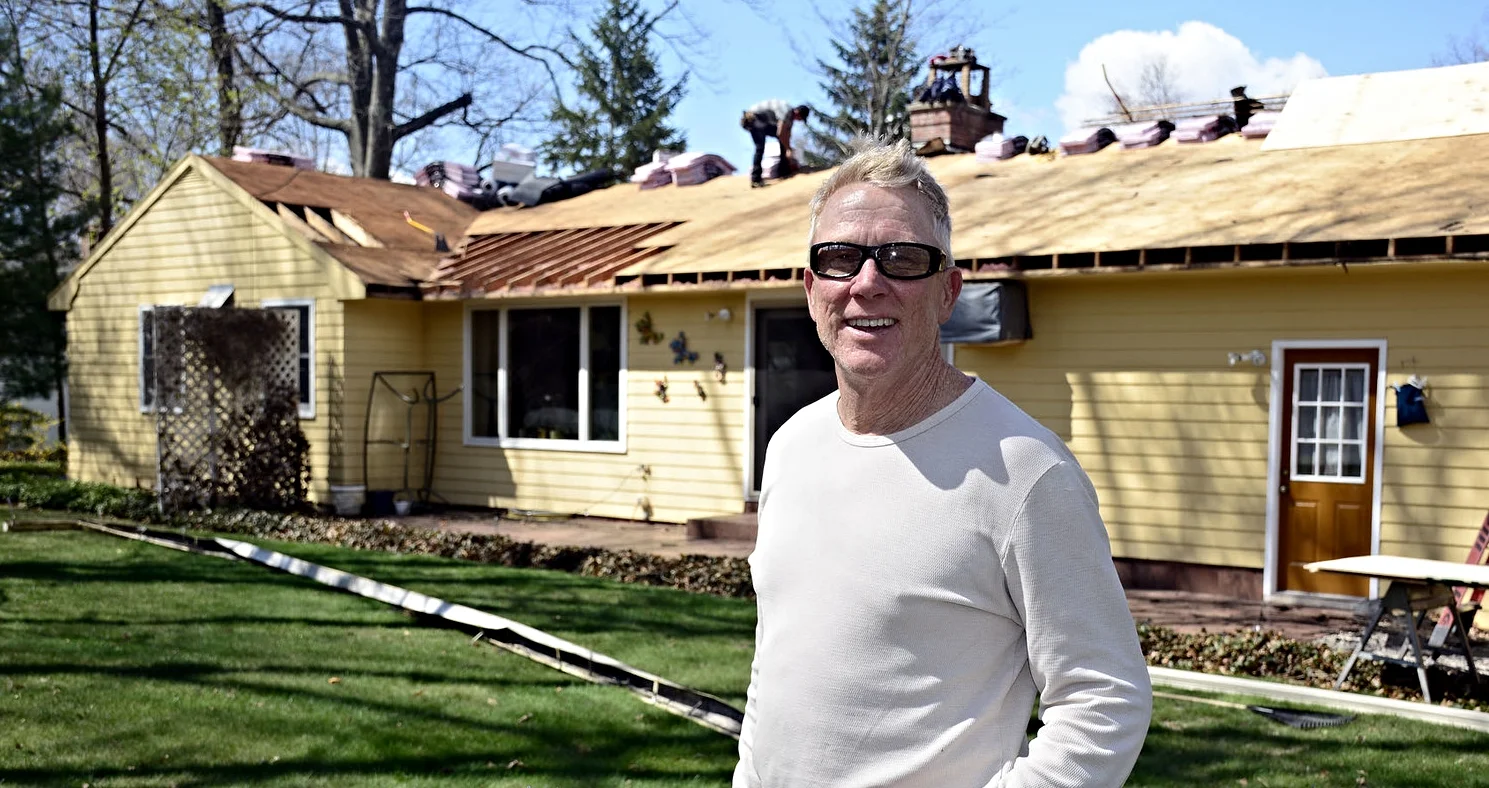Critter-Proof Your House Before Winter Sets In
Chelsea O'Donnell
As nights and early mornings finally settle into a below-freezing pattern, you might find yourself sharing your home with an unwanted critter or two. The first sign of an animal intrusion is likely the noise. Late at night when all should be quiet, you might be woken up to squeaking, rustling, or even hissing somewhere above your head. As winter sets in, mice, raccoons, possums, and other small animals start looking for warmer shelter, and attics are a popular place for them to reside. What’s important is to take action quickly, before they start to get too settled and begin to nest where they shouldn’t.
Generally, the noise that the animal makes will tell you what you’re dealing with. Squeaking or chewing sounds are likely rats, scurrying is probably a squirrel or mouse, and snarls or hissing is usually a raccoon. While some of these animals are looking for a place to call home, others may have ended up in your attic by accident and are looking for a way out. It’s a good idea to know the difference.
Almost all animals are likely to chew through wiring and bigger ones like raccoons or possums can tear apart insulation and ruin ductwork. Even small mice can make unwanted nests and leave an awful smell from their excrement. Although dealing with animal removal is a pretty awful job, leaving an unwanted visitor alone will end up costing you a lot more than sleep. If removing pests isn’t on your resume, call in an exterminator to take care of the problem.
If you have mice or rats, they have likely moved in because there is a water source. Simple bait traps will help get the ones that are already there, but a mouse can fit through a hole the size of a dime, so rodent proofing is essential. You’ll also want to inspect for any roof leaks as part of the job.
Squirrels are one of the animals I mentioned that might have come in accidentally. They usually prefer it outside and will be looking for a way to leave your home. Soffits and vents are likely places for squirrels to be able to get in so your best bet is to install an exclusion door that lets the rodents out so they can’t get back in.
A one-way door will also work for raccoons, who don’t mind sticking around if they find a warm, dark, and comfy place to live. However, since raccoons are nocturnal, you can make your attic less accommodating by leaving the lights on and even playing music. They’ll soon look for somewhere else to live.
Bats are elusive in that they are very quiet and you might not even hear them unless there is a decent size colony making their home in yours. Removal is key and should only be done by a registered DEEP specialist as bats can be diseased.
Finally, there are possums which, similar to raccoons, won’t want to leave. These guys are pretty resilient and they go to the bathroom everywhere, leaving a huge, smelly mess behind. The best method to get rid of a possum is to have it trapped and removed by a professional.
Bob O’Donnell is the owner of O’Donnell Bros. Inc., a Bristol-based home improvement company established in 1975. Email your questions to info@odonnellbros.com with the subject line “Ask the Pro.” All questions may be considered for publication. To contact Bob for your remodeling needs, call O’Donnell Bros. Inc. at (860) 589-5155 or visit http://www.odonnellbros.com. Advice is for guidance only.
